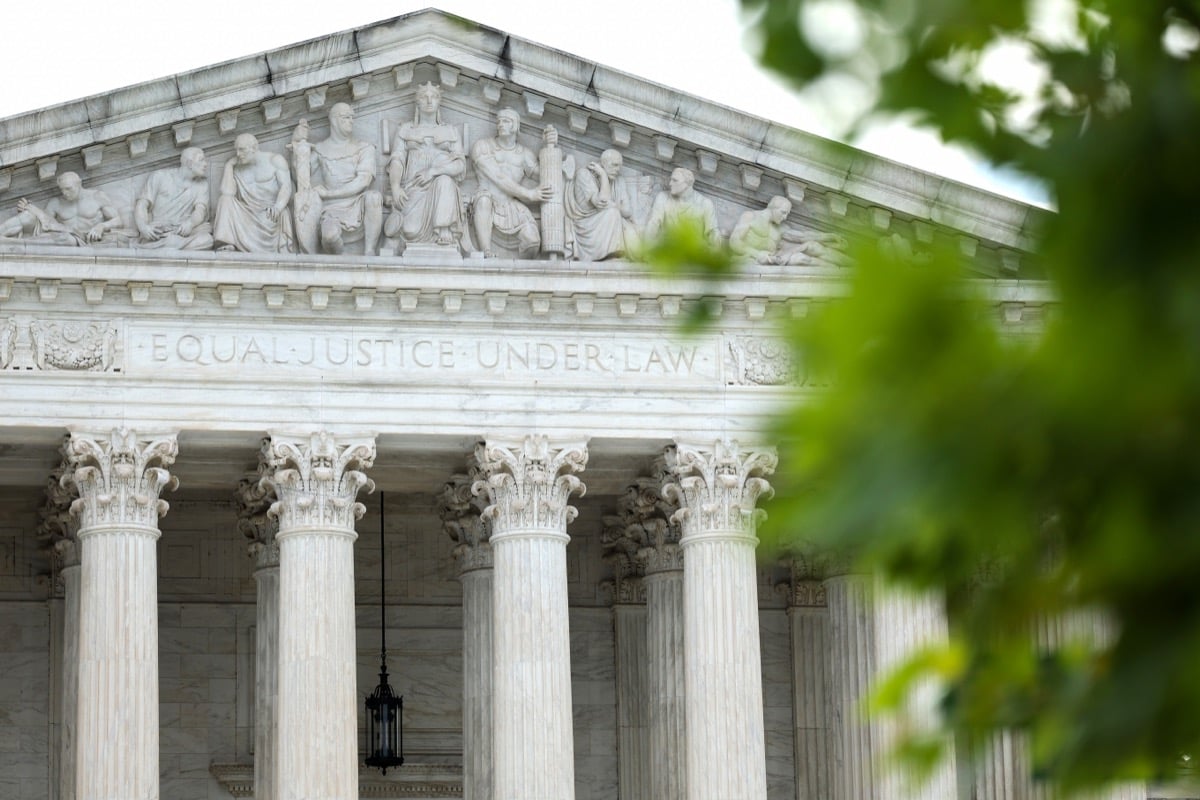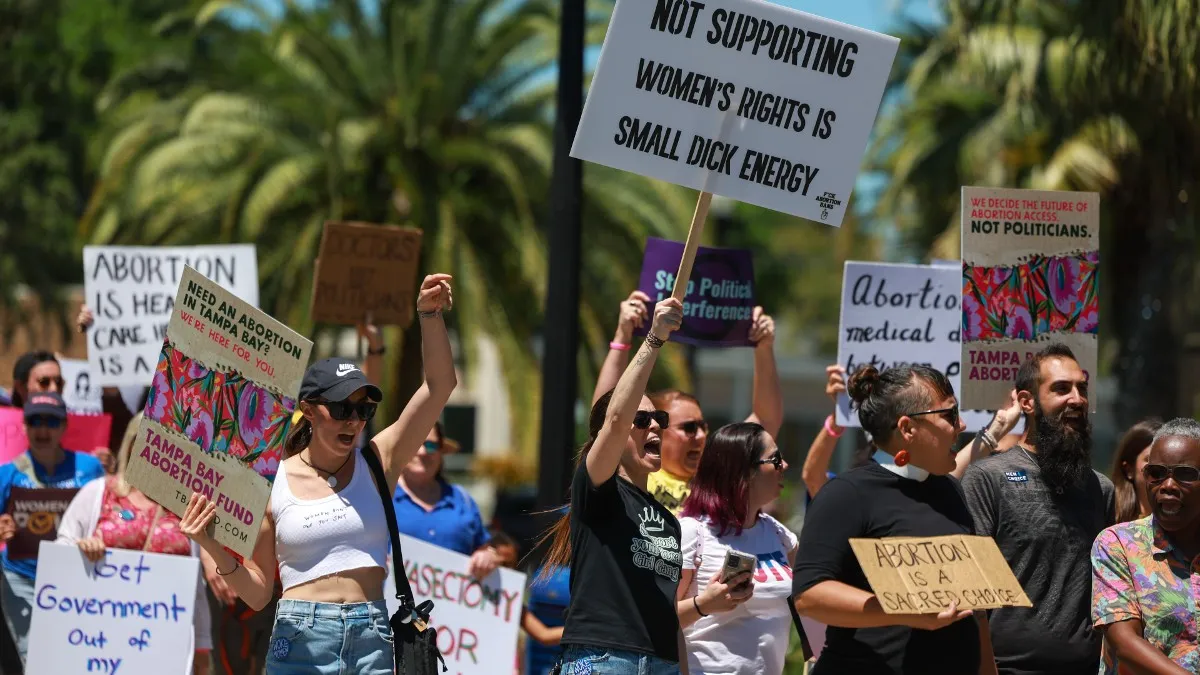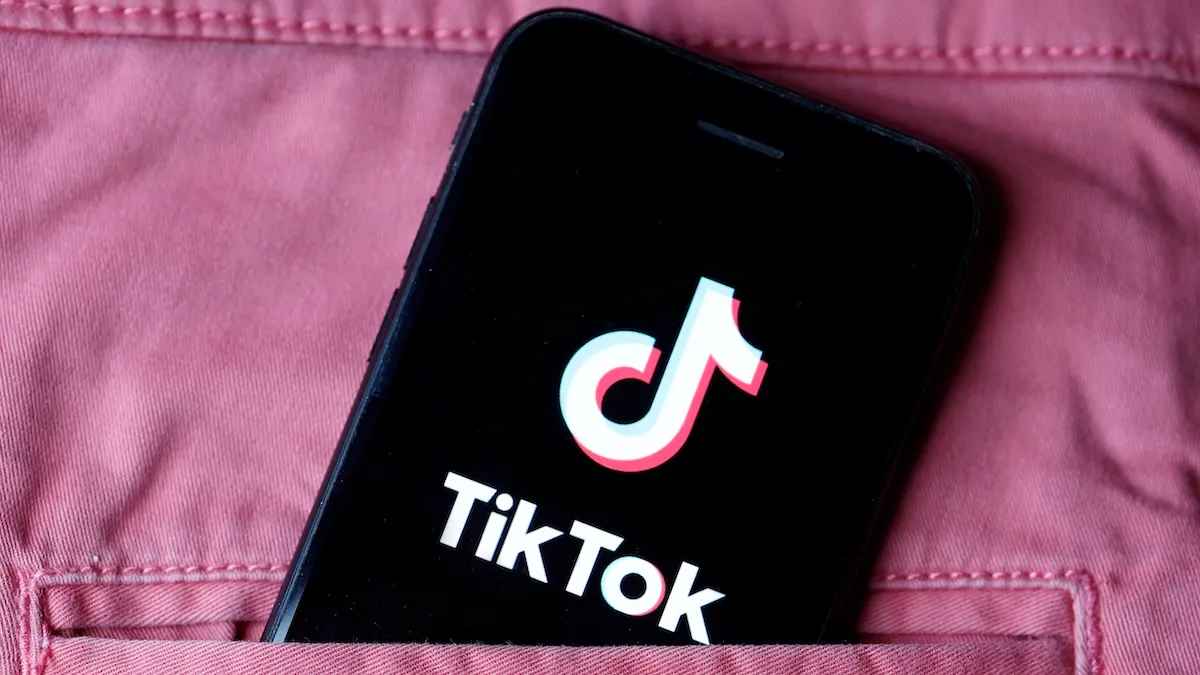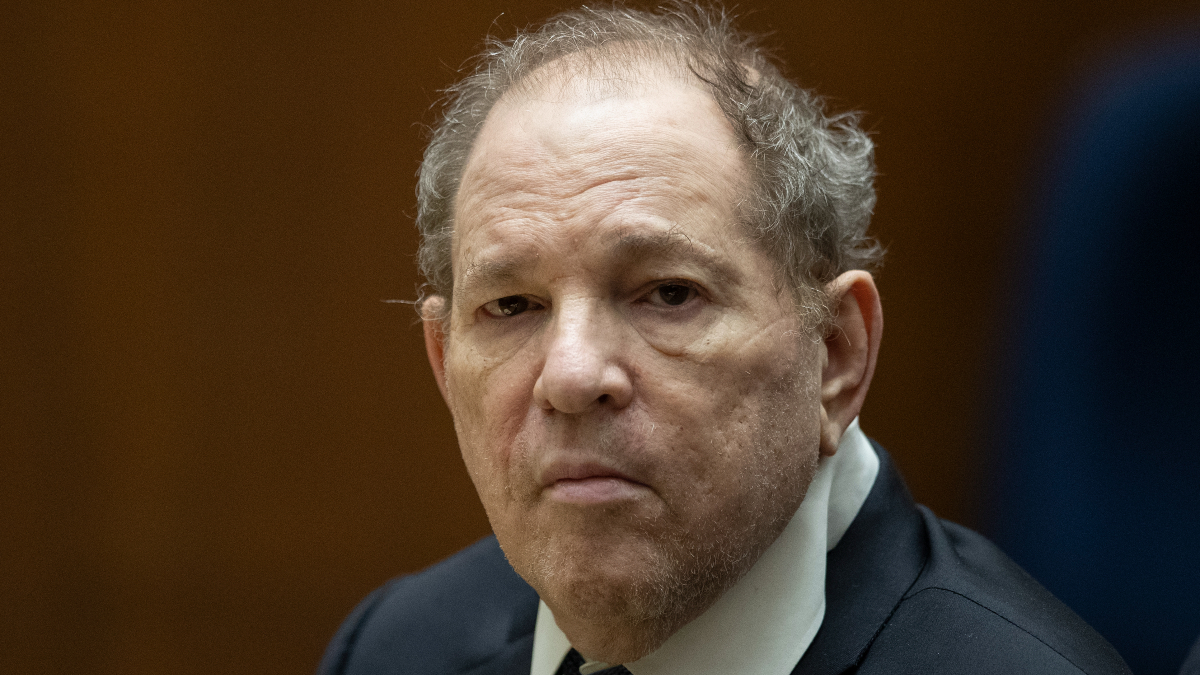The Supreme Court has ruled to strike down affirmative action in higher education, ending a legal precedent that was established for the betterment of American minorities decades ago. Heedless of the withering dissent written by Justice Ketanji Brown Jackson, the Supreme Court majority voted 6-3 to deem affirmative action as unconstitutional.
The decision was met with widespread outrage, with politicians and civilians alike claiming that the ruling signals the death knell of the already flailing American education system. Detractors of the decision were also quick to call out the apparent hypocrisy of one of its assenters: Justice Clarence Thomas, who critics say benefited from affirmative action throughout the course of his educational, legal, and judicial career.
The Supreme Court ruling on affirmative action
The landmark decision is based on two Supreme Court cases: Students for Fair Admissions v. Harvard University and Students for Fair Admissions v. University of North Carolina. Both cases were responsible for the creation of affirmative action in the education system and were struck down by the Supreme Court’s conservative majority. The majority opinion was penned by Chief Justice John Roberts, and states that affirmative action is in violation of the Equal Protection Clause outlined in the 14th Amendment. It’s important to consider that the 14th Amendment was originally created to address and eliminate the racial discrimination faced by Black Americans as a result of slavery. However, Roberts’ perspective is divorced from this historical context entirely. His opinion reinterprets the 14th Amendment in a way that supports “color blindness,” a notion which disregards the disadvantages faced by American minorities due to the color of their skin, and consequently rewards the country’s white population by reinforcing a societal status quo that was established by racist and bigoted ideas of decades past.
By eliminating affirmative action in higher education, the Supreme Court of today has achieved what yesterday’s conservatives dreamed of doing ever since affirmative action was established in the 1960s. Affirmative action policies were also established in the Reconstruction Era, but they were quickly shot down by conservative politicians then as well. While it was the Supreme Court and supporting politicians who killed affirmative action, it is important to note that parents across the country have been chipping away at the foundations of the policy for decades. Consider the parents of white Ivy League hopefuls who quickly deride the policy once they find out that their child’s substandard test scores prevented them from gaining entrance to Harvard or Stanford, while Black students appear to get a “pass” and are admitted. How often are affirmative action policies criticized by envious academics who believe that their fellow students were “handed” their hard-won credentials instead of having earned them? The concept of affirmative action is welcome in many a neoliberal household, yet support of the policy quickly erodes when it is put into practice—a practice that many whites erroneously believe puts them at a disadvantage.
What is affirmative action in college?
According to a definition from Cornell Law School, affirmative action is defined as a “set of procedures designed to eliminate unlawful discrimination among applicants, remedy the results of such prior discrimination, and prevent such discrimination in the future. Applicants may be seeking admission to an educational program or looking for professional employment.” In short, the policy requires an institution to more favorably consider the application of a minority over an equally qualified candidate who is not a minority.
How does affirmative action work at a collegiate level? While affirmative action is required for universities to consider by law, there is no gold standard procedure through which this policy is enforced. Educational institutions are rather able to decide for themselves how best to employ affirmative action procedures. While most schools assess standardized factors like test scores and transcripts along with extracurricular activities and personal statements, they also take into account the applicant’s background with regards to their race and socioeconomic class. Universities attempt to consider the realities of the applicant’s life and the hardships that they have faced and factor those into the admission decision.
While critics of affirmative action say that the policy’s racial considerations make it disadvantageous to white applicants, this could not be further from the truth. In fact, the majority of people who benefit from affirmative action are white applicants. One of the largest beneficiaries of affirmative action are white women, writes Justice Corespondent Elie Mystal on Twitter. She goes on to say that many elite schools give preferential treatment to white men despite the fact that women consistently outpace them with regards to test scores. Writer Michael Harriot is of a similar opinion, adding that many Ivy League schools give primary consideration to legacy students, the children of donors, and the relatives of school employees, the majority of whom are white and affluent. Affirmative action has always existed in America, as those with closer ties to pre-established power structures will always be favored over those who fall outside of them.
Critics of the Supreme Court’s decision fear that it will have far flung negative effects on American minorities for years to come. One Twitter user pointed out a historical precedent that serves as a harbinger of trying times for minorities in the years to come. In 1996, California passed Proposition 209, which banned using race as a factor in college admissions. After the law took effect in 1998, the enrollment of Black and Hispanic students declined throughout the University of California (UC) system. As a result, minority students ended up in less prestigious universities within the UC system instead of the more selective campuses. Proposition 209 also discouraged minority students from even applying to UC campuses in the first place, especially highly competitive ones. Despite the UC system introducing policies to counteract plummeting minority acceptance, the trend persisted.
Minority students were not the only people affected, as Prop. 209 reduced the ethnic diversity of the UC educational staff as well. The professors at these universities were mostly white, despite the fact that the student population was more diverse.
In 2023, history has repeated itself, as it always does. The Supreme Court decision is Proposition 209 enforced on a national scale. It wouldn’t be a stretch to predict that university applications from minorities will decline across the country, with many students giving up hope entirely. Despite a liberal executive and legislative branch, America is tipping more and more towards the conservative end of the scale every day. Republicans know that they can use the conservative Supreme Court majority to change the political landscape of America without ever having to pen a bill, and they are succeeding.
(featured image: Kevin Dietsch, Getty Images)








